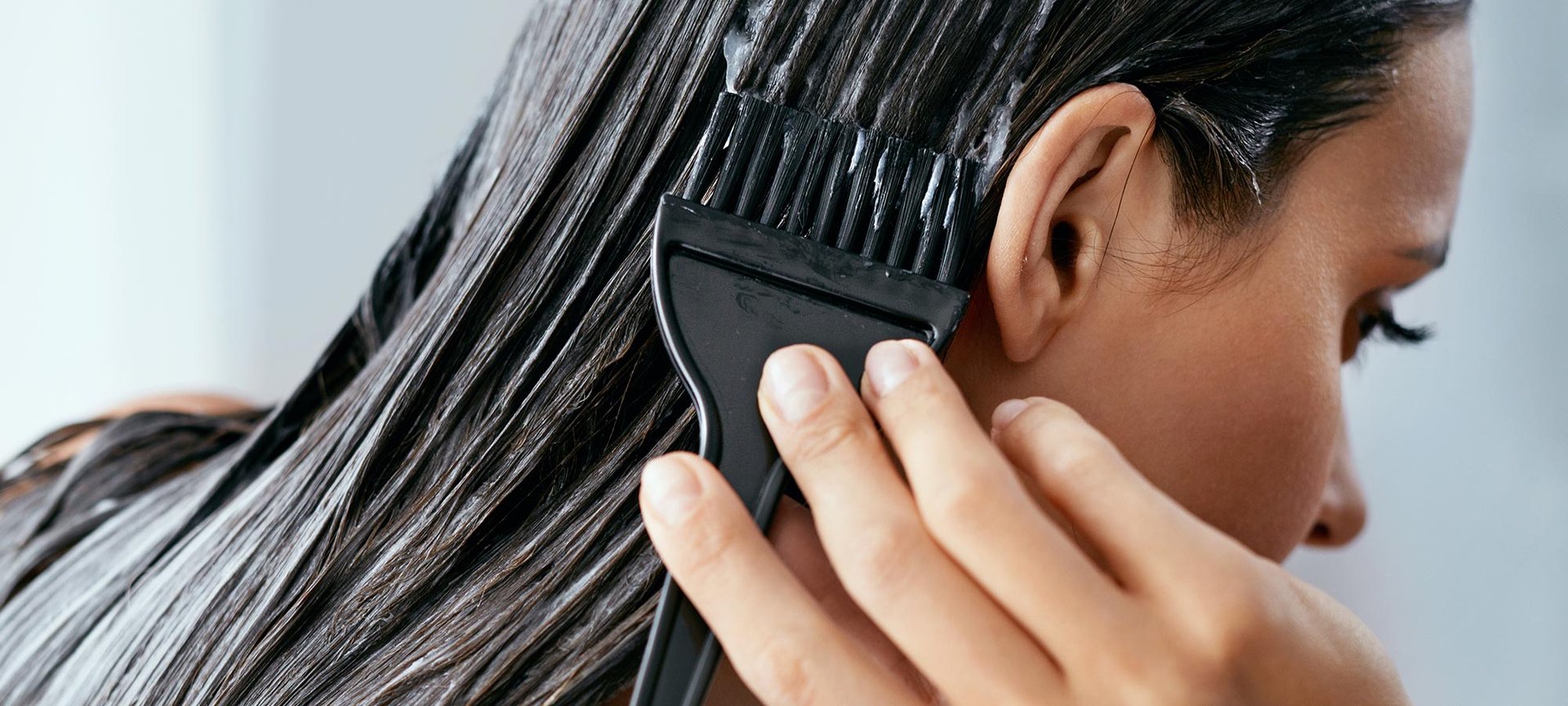Table Of Content

Washing removes protective oils that collect on the hair and scalp. Most hair stylists will simply spritz the hair so it is damp before they bleach it. However, applying bleach to freshly washed hair has some advantages; it lightens faster, provides a more subtle color change, and highlights the ends. In general, the amount of time you should leave bleach on wet hair depends on your hair type, texture, and how bright you want your color.
More From: Hair Color
Make sure that you supply enough moisture and add shine feeling to the hair. Try to treat the system as you would do with your existing hair. The idea of bleaching and coloring your hair at home can be really tempting. Go ahead if you are super confident about your bleaching skills.
Faster Processing:
Protect your locks by using hair products with built-in UV protection or by wearing a stylish hat when you're out in direct sunlight. Blow dryers, curling irons, and hair straighteners damage your hair by robbing it of its moisture and natural oils. Before your bleach appointment, stay away from these tools for at least a week. With their expertise in hair consultation and bleaching guidance, they will recommend products based on your desired look. They may also suggest opting out of heat treatments both before and after the treatment to minimize damage. However, scalp protection should be taken into account when lightening your locks with bleach products like Luseta Purple Shampoo.
Bleaching Wet Hair – Pros, Precautions, Tips
This is because the water particles dilute the coloring solution, making it less strong. For finer hair or lighter results, shorter application times are advised. It’s better to start with a shorter time and gradually increase if needed rather than risking over-processing. If using a 20-volume developer, around 30 minutes is typical. Leaving bleach on damp hair for too long can lead to damage, including dry and brittle strands.
Is Your Hair Damaged — Or Overloaded With Metal? - Refinery29
Is Your Hair Damaged — Or Overloaded With Metal?.
Posted: Sun, 21 Aug 2022 07:00:00 GMT [source]
Always tick to the recommended sitting time and plan your sessions a minimum of 14 days apart. Because your wet hair is more fragile and vulnerable, learning how to take care of your mane is of necessity. Learn more about how to wet and bleach hair correctly to get your dreamed hair look. Hair experts even advise not to wash your mane 2-3 days before doing the bleaching process. The natural oil will provide a protective layer for your scalp. Besides, it works to lock moisture inside your hair strands and prevent hair ends from dry and damaged after bleaching.
Create a Subtle Lightening Effect
First-timers will want to be especially careful not to leave bleach on for too long. If you don’t know what you’re doing, you should not be bleaching wet hair. And since you’re reading this blog on the internet, you probably don’t know what you’re doing enough to try bleaching wet hair. When bleaching dry hair, the first thing that the bleach does is open up the cuticles so that it can penetrate them. Bleach is formulated to do this because the melanin pigments are found in the cortex or inside of the hair shaft. Some people would first use the bleach on dry hair, then rinse it out.
Can You Bleach Wet Hair, and Other Coloring Tips
Professionals have the training and expertise to perform the bleaching process with the least damage to the hair. The concentration and timing of these chemicals are critical factors that influence the final result of the bleaching process. Hydrogen peroxide acts as an oxidizing agent, making the hair more permeable to the bleaching process, while ammonia helps to open up the hair cuticle. Opting for a professional’s help can greatly reduce the risk of damage, as they have the expertise to choose the right type and concentration of bleach for your hair. Invest in high-quality, sulfate-free shampoos and conditioners specially formulated for color-treated hair. These products help lock in the color and prevent premature fading.
The Difference Between Bleaching Dry Vs Wet Hair
Additionally, at-home coloring kits come with instructions that you should always abide by. They probably won’t involve coloring wet hair with bleach or dye. Always get your bleaching done with trained colorists as they do it with proper techniques. And they know how to do that without causing damage to your hair. Applying bleach to wet hair gives quicker results, so it saves time. Change is the spice of life; if you want to bring change to your hair, you can bleach your hair.

However, this also means that the hair’s cuticle is more open, leaving it vulnerable to damage. Welcome to Hair Essentials Pro, your all-in-one destination for effortless hair expertise. We're here to guide you from chic styles to simplified care tips, promoting growth, and managing concerns like hair loss.
Bleach should be applied to dry, unwashed hair so that the natural oils of the hair aren’t removed. When you apply bleach on freshly washed or shampooed hair, the hair will be more prone to damage or drying. The natural oils act as some sort of protection for the hair.
Let’s explore what happens when you bleach damp hair, along with things you should keep in mind when doing it. Bleaching wet hair will not produce a drastic lightening effect, as the dilution of the bleach by the water reduces the intensity of the color change. Regular deep conditioning treatments are crucial for restoring moisture and elasticity to bleached hair, preventing breakage and promoting healthy hair growth. Aside from the speed and ease of application, wet hair bleaching is also generally less damaging to the hair. However, it’s crucial to consider which method is best suited for your hair type and desired results before diving into the bleaching process. Different hair types, such as virgin hair, tend to lighten quicker than others since it has never been color-treated or chemically processed in any way.
This is why it’s generally recommended to bleach dry hair for a safer and more predictable outcome. While you can bleach your hair while it is still damp, it may not achieve the desired look you are going for. If you are not careful, it may also comes with potential damage to your hair. We recommend seeing a qualified hair professional if you are looking to bleach your hair (damp or dry), especially if you are new to the hair dying process. A professional will be able to expertly determine how to get your hair to its absolute best—as safely as possible. Limiting heat styling, sun exposure, and chlorinated pools can prevent dryness and breakage.

No comments:
Post a Comment